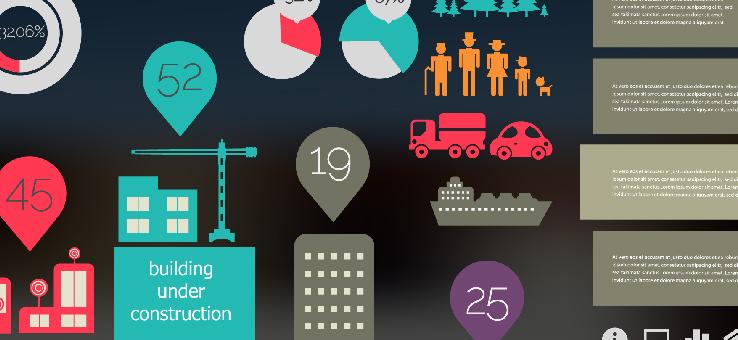
Zoning for More Housing
SPUR Report / In this paper, we analyze the zoning regulations that make it difficult to build new housing in many parts of the city and make recommendations to increase land availability and density.
Reducing Housing Costs by Rethinking Parking Requirements
SPUR Report / Parking spaces are expensive to build, especially where land values are high. If we can find a way to build less parking, we will see both reduced housing prices and more efficient use of urban land.
Housing Above Retail
SPUR Report / This SPUR report studies underutilized retail sites, and presents the possibility of replacing these sites with mixed-use developments.
Secondary Units
SPUR Report / Allowing homeowners to add secondary rental units to their property is one of the most promising strategies we have for increasing the supply of housing in San Francisco without significantly change the aesthetic character of our neighborhoods.
Form and Reform
SPUR Report / In the absence of strong statewide planning and in the presence of weak local planning, stopping projects is what California does best. The California Environmental Quality Act (CEQA) has become the tool of choice for stopping bad ones and good ones.
Muni's Billion Dollar Problem
SPUR Report / SPUR addresses Muni’s deficit, by sharply reducing costs and linking financial goals to long-term transportation goals.
Fixing San Francisco’s Contracting Process
SPUR Report / San Francisco's contracting process is inefficient and confused; amongst other things, SPUR recommends consolidating administrative processing and decentralizing implementation for departments capable of managing it.
Reversing Muni's Downward Spiral
SPUR Report / SPUR addresses Muni’s deficit, proposing to boost revenues by increasing the speed of boarding, reducing waits at lights, improving transit stop spacing, and favoring primary transit corridors.
Reforming the Department of Human Resources
SPUR Report / SPUR’s review of CEQA found that after the law’s 30-plus years of operation, developments are environmentally worse than before. We need to change the way CEQA is applied in urban settings.
The Big Fix
SPUR Report / San Francisco must face the problem of neglecting its capital investments as its physical foundation shows signs of deterioration.
Parking and Livability in Downtown San Francisco
SPUR Report / New mixed-use areas raise parking congestion issues. Instead, SPUR recommends transit improvements, wider sidewalks, bike lanes, and supports plans for the Central Subway.
Multimodal Planning at MTA
SPUR Report / SPUR recommends several organizational changes for Muni, including the creation of a Multimodal Planning and Project Development Department to oversee all transit and consolidate Muni and DPT.
Promoting Homeownership Through Condominium Conversion
SPUR Report / While condominium conversion is one way of expanding home ownership, it frequently results in tenant displacement. SPUR analyzes how to promote homeownership while mitigating the negative consequences.
Planning Department Reform Agenda
SPUR Report / San Francisco's planning and building process is in trouble. Funding for the Planning Department and Department of Building Inspection has been cut. Staff morale is down. The Planning Commission is overwhelmed with fights around specific proposals and doesn't have time to work on true long-range planning. SPUR recommends steps to reform the city's planning functions.
Business Taxes in San Francisco
SPUR Report / Though businesses weigh benefits beyond tax rates when choosing a location, there is a point where types and rates of taxes do matter. This report compares the varying business taxes and their extents.
San Francisco’s Affordable Housing Bond
SPUR Report / Proposition A has played a decisive role in expanding the production of affordable housing in San Francisco. SPUR analyzes the success of the measure and describes how it should be expanded.
Homelessness in a Progressive City
SPUR Report / Hundreds of millions of dollars are spent on addressing the symptoms of homelessness in San Francisco each year. Supporting social services that focus on the causes of homelessness may provide a better solution.
Mid-Market Street Redevelopment District
SPUR Report / This paper explores the potential to revitalize the Mid-Market Area -- a stretch of Market Street between the downtown commercial/office core and Civic Center.
Planning for Growth
SPUR Report / SPUR makes four recommendations to expand the successful transit impact development fee.
Green Buildings
SPUR Report / SPUR suggests using the City's building and planning code as instruments to allow, encourage and, in some cases, require the use of green building techniques in private sector development.

